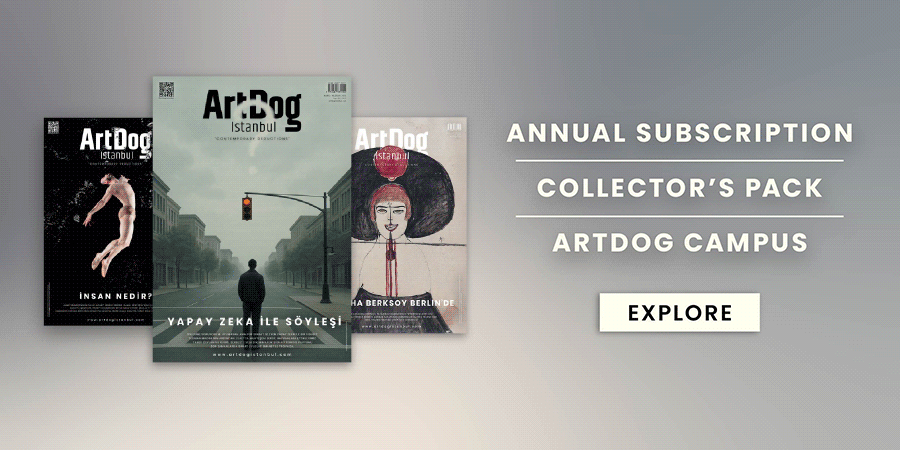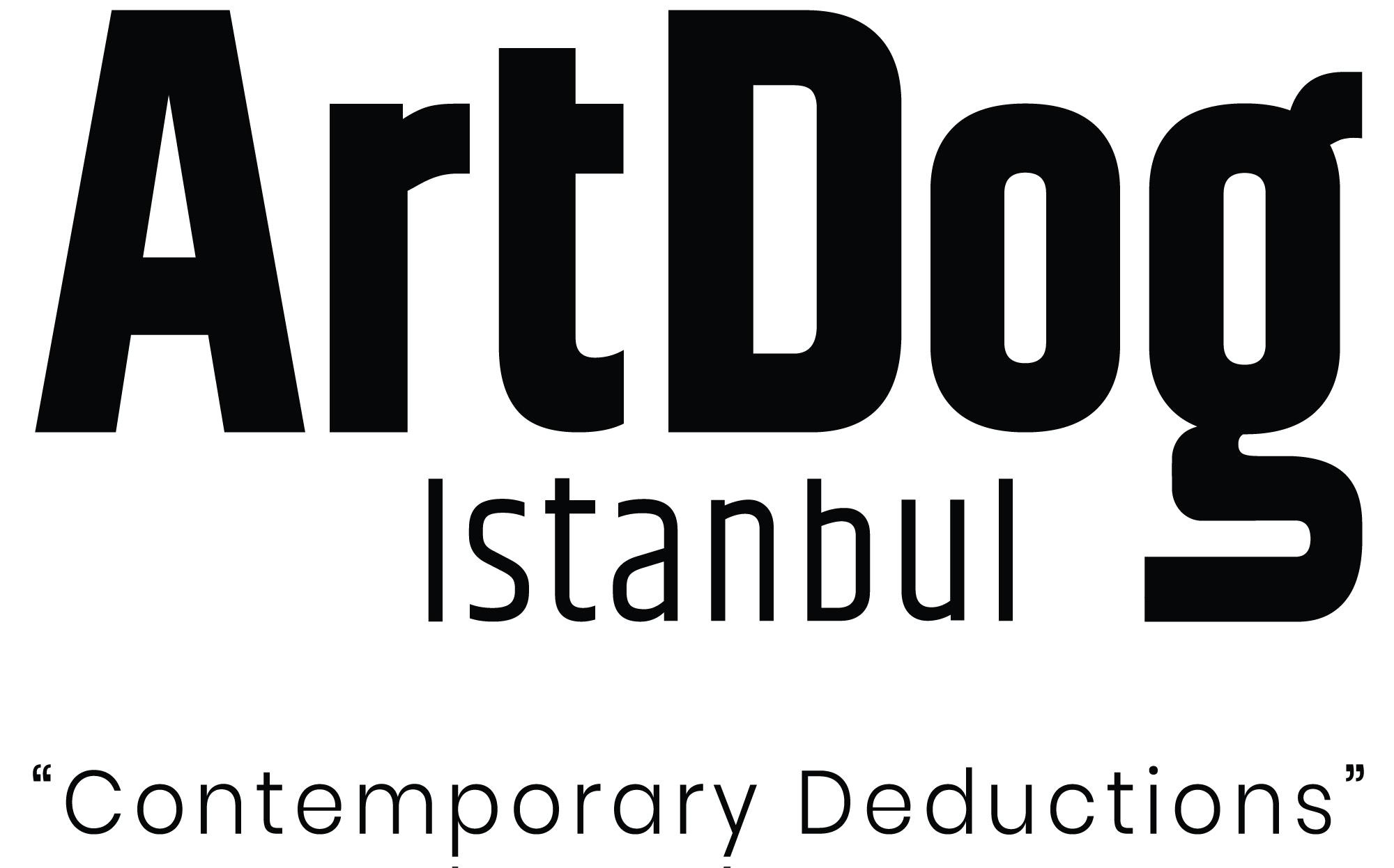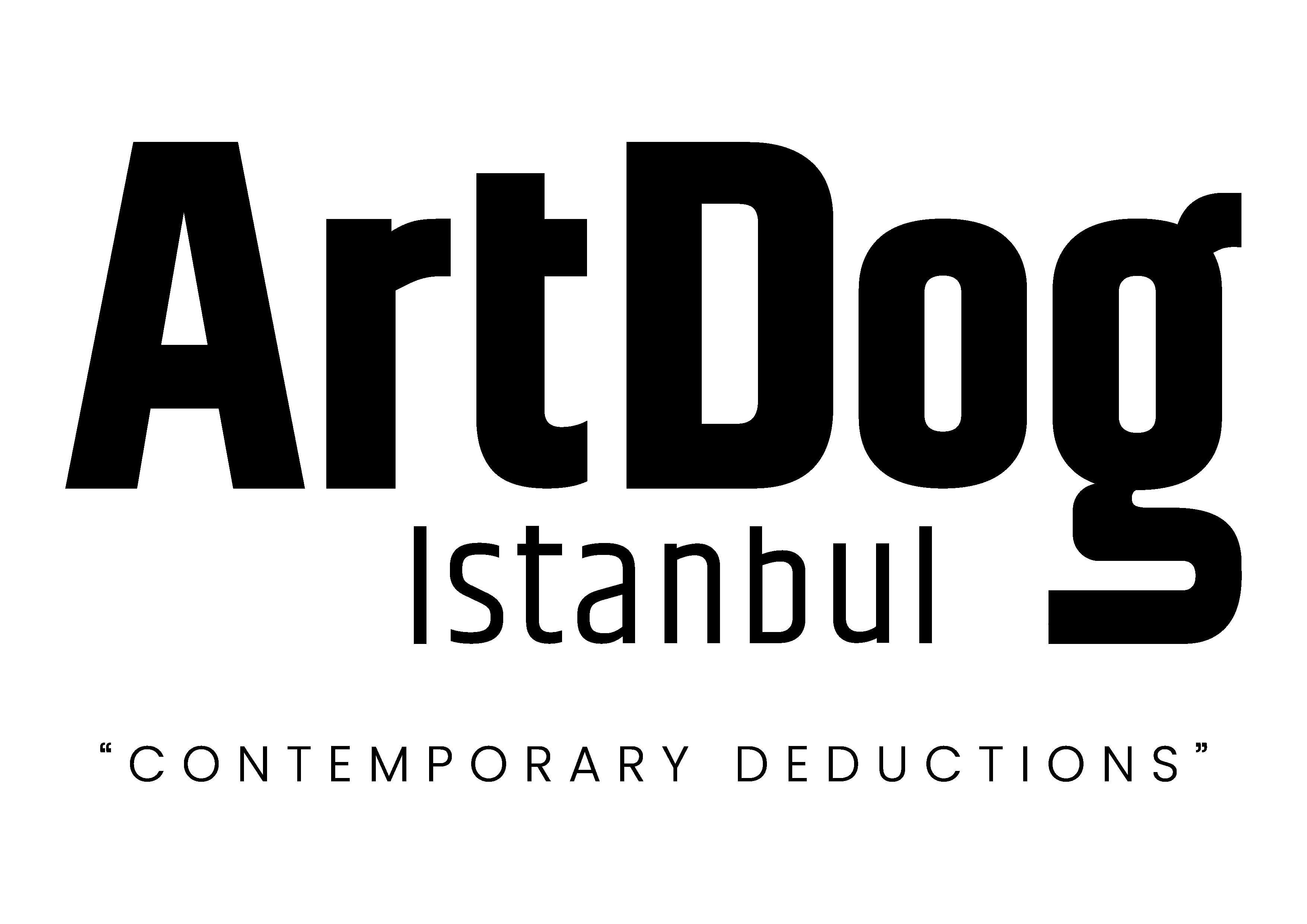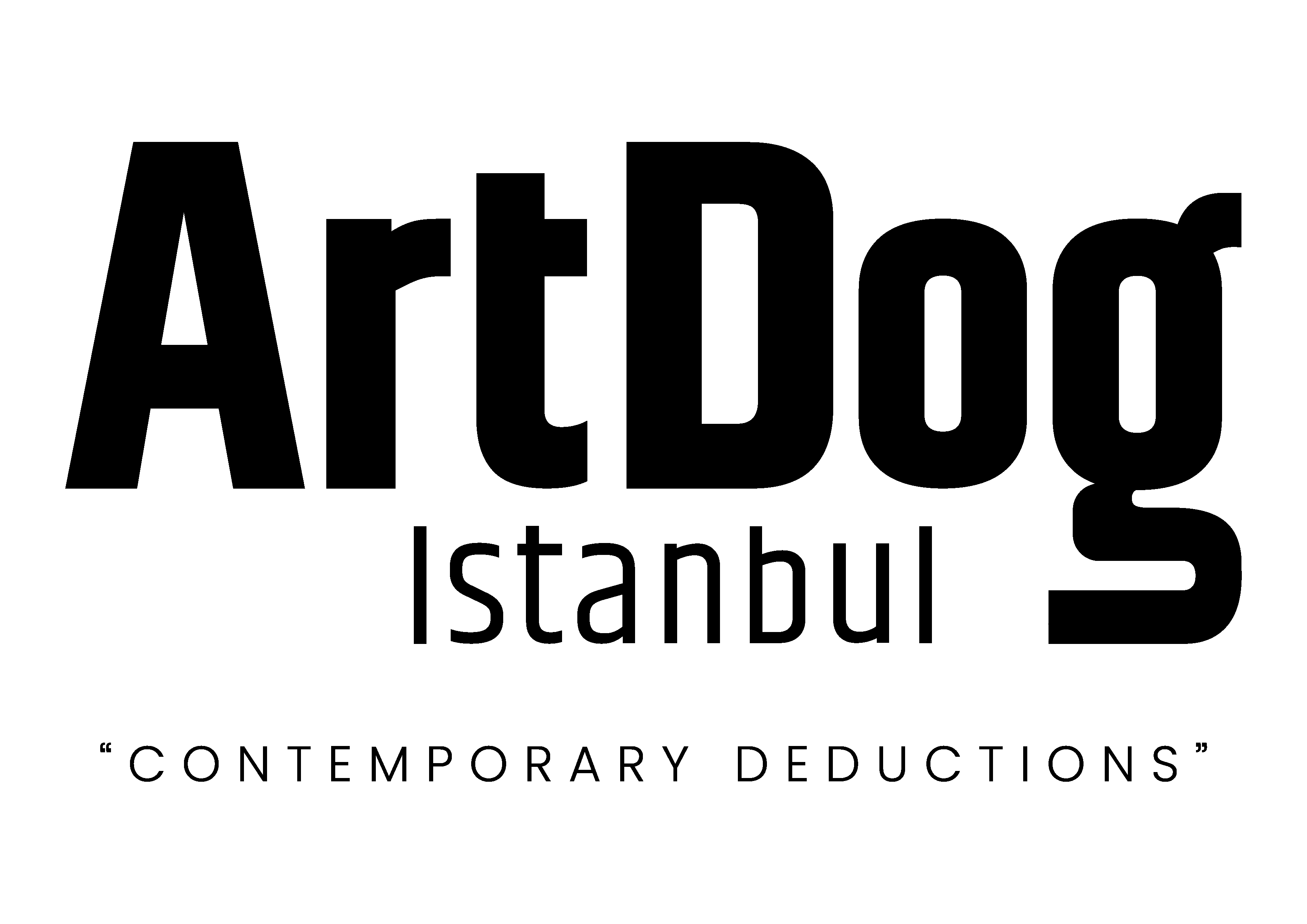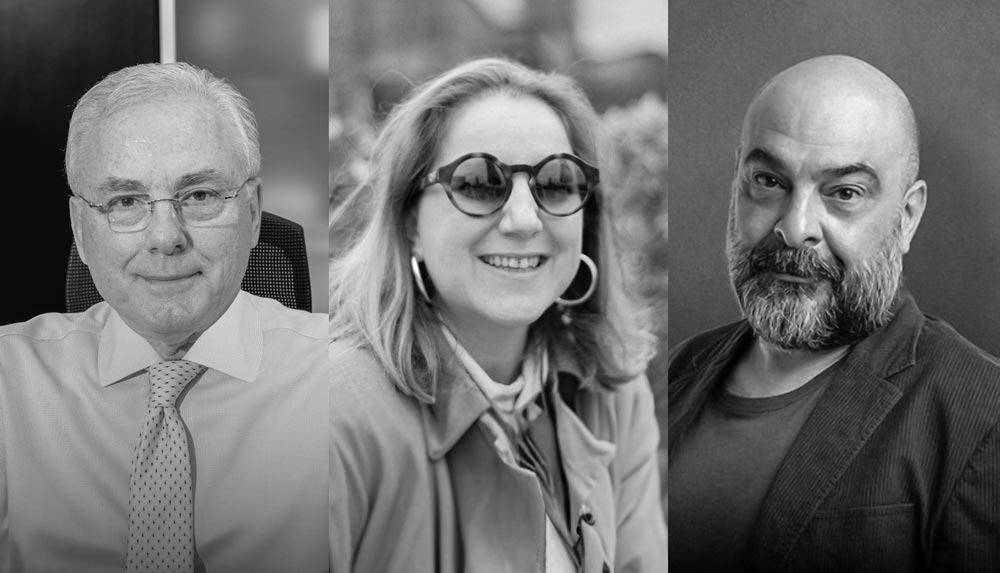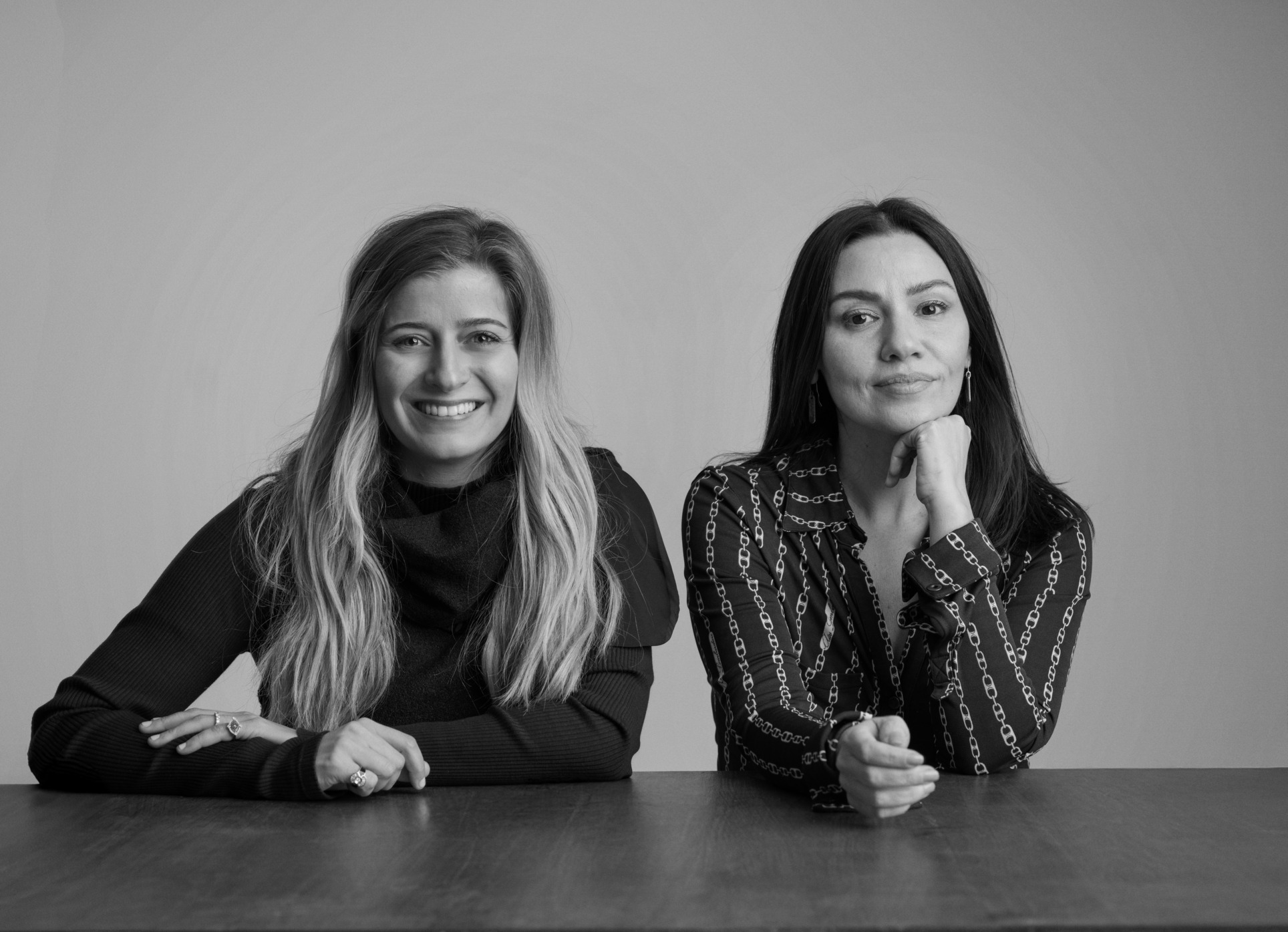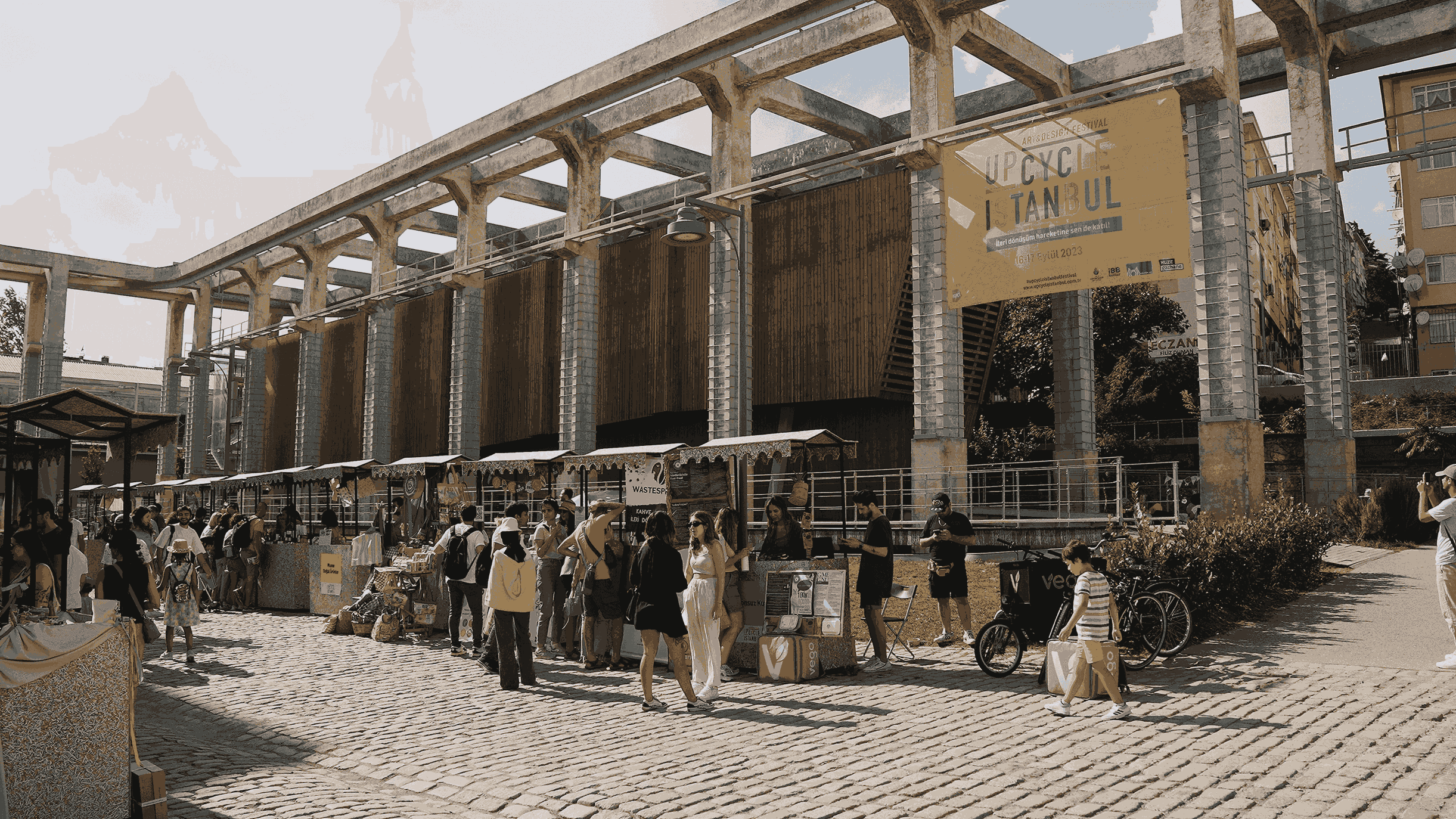In these times when the public agenda grows heavier and conditions become more challenging in every sense, artists and art workers are affected just as much as anyone else. In the third installment of our interview series, we spoke with Özalp Birol, Assoc. Prof. Dr. Gökçe Dervişoğlu Okandan, and Murat Daltaban about the function of art throughout human history.
How does art endure in the shadow of social ruptures, economic crises, political oppression, restrictions on freedom of expression, or personal anxieties? Does art lose its meaning in difficult times, or does its function change? Is the act of creating and presenting art merely a form of resistance, or is it also a space for witnessing and transmitting experiences?
As ArtDog Istanbul, through this series, we asked how art evolves in such periods of intensified turmoil, what motivates artists and art workers to create, and how they maintain a balance between aesthetics and ethics during these processes.
Our third guests in this series are Özalp Birol, Assoc. Prof. Dr. Gökçe Dervişoğlu Okandan, and Murat Daltaban.
Özalp Birol: “Despite all adversities, art has always endured.”
During the pandemic, one of the most difficult times the world has experienced recently, we witnessed firsthand how art relieved the human spirit, provided a form of healing, and offered solace to humanity. Previously, humanity experienced the same during world wars and their aftermaths, in times of great economic depression, under oppressive regimes, during environmental destruction, and amidst the disasters brought by war. Despite all adversities, art has always endured.
I believe that art never truly loses its meaning; rather, it can take on constructive, healing roles aligned with the dynamics of difficult times and the needs of humanity.
“We can’t confine art to a single definition or a few words; art is multifaceted and multifunctional.”
If we ask whether creating and presenting art is merely a form of resistance or also a space for witnessing and conveying—then I would say: all of the above, depending on the time. Especially in times of oppression and restriction, art has been a powerful form of resistance. We can’t confine art to a single definition or a few words; art is multifaceted and multifunctional.
Sometimes, the artist, like a prophet, senses coming hard times and through their works warns humanity about war, dictatorship, or environmental catastrophe. In difficult periods, artists reflect their witness, observations, feelings, and thoughts in their works—these, like Goya’s The Disasters of War, become historical testaments through which humanity eventually understands the brutal realities of those times.
Art can also symbolize revolutionary transformation, as in Delacroix’s Liberty Leading the People, which marked the transition from the Enlightenment to Romanticism.
Or, like Picasso’s Guernica, it can draw attention to tragedy through chaotic and violent imagery, symbolizing an anti-war stance.
Interestingly, artworks that depict catastrophe often include compelling aesthetic elements. It’s a strange balance…
“No matter what, evil cannot remain hidden thanks to art.”
Ultimately, no matter what, evil cannot remain hidden thanks to art. As seen in the works of Marcel Dzama, currently exhibited at the Pera Museum, art can serve as a kind of exorcism ritual that addresses issues like human rights, gender discrimination, racism, misgovernance, and environmental disasters.
To me, with its unique magic, art is among the most powerful tools in humanity’s struggle for a more just world.
Assoc. Prof. Dr. Gökçe Dervişoğlu Okandan: “Despite individualism, organization is one of the anchors I cling to in these times.”
Perhaps we should also respond to this topic from the perspective of professionals in the cultural sector who center art producers:
While cultural policies and creative economy studies focus on artistic production, they are also responsible for closely monitoring and evaluating the social, economic, political, and technological factors affecting art.
We began with a very modern perspective that sought to assess the individual’s artistic expression comprehensively, independent of mainstream global trends. However, we are now witnessing that this broad scope has narrowed due to contemporary ruptures. We are struggling to accept this change and are trying to revive previously established norms. In such times, the reference points we once developed through broad consensus become increasingly important.
In today’s fast-paced and consumption-driven world, I believe we need to preserve these long-established frameworks almost conservatively.
“Beyond solidarity, what emerges is the effort to emphasize organization and pluralism.”
At the heart of all precarity debates lie the industrial rights that have been fought for; alongside all technological advancements is the notion of intellectual property concerning unique works; and despite individualization, organization remains one of the reference points I seek refuge in during this period. When looking at the needs of the people around art, rather than art from the outside, I see a push toward organized action and emphasizing pluralism beyond mere solidarity. By shifting from an emphasis on difference to a recognition of similarity, we can resist polarization and rediscover a sense of unity we didn’t even realize we had lost.
This must unfold, in line with the nature of art and art criticism, through a critical perspective—but only after establishing shared ethical and aesthetic values. Even in this post-truth era, we are tested in our efforts to sustain this almost naïvely optimistic outlook.
“If we lose this foundation, we also lose our main reference framework.”
Having worked as an academic and mediator in the cultural and creative industries for nearly 25 years, I believe that maintaining a fundamental discussion ground rooted in basic references—like international frameworks such as UNESCO’s 2005 Convention on the Protection and Promotion of the Diversity of Cultural Expressions—is essential. If we lose this ground, we also lose our core point of reference.
Murat Daltaban: “In times of crisis, art is not merely an aesthetic object but also a space for ethical-political intervention.”
World history is a history of crises, and art is the “thing” that takes the correct stance in this history; the artist is someone who tries to remain standing in this shaken structure, observing and searching for the truths of the crisis from within.
Perhaps, in times of crisis, we can speak about art with a few basic assumptions…
In crisis moments, art is not just an aesthetic object but a domain for ethical and political intervention. In such times, art does not lose meaning; on the contrary, it often evolves into deeper, more complex, and radical forms. The artist’s position transforms from a “creator of beauty” into a “witness” or even a “summoner.”
While passing through the crisis, the artist—motivated by such concerns—must become part of the issue from the most truthful point, even becoming the work itself. This process of rebirth is painful; being reborn again and again is its very nature.
“Art is not only a form of resistance under oppression; it is also a space of testimony and transmission.”
Under oppression, art is not just resistance—it is also a field of witnessing and conveying. The artist’s action is crucial in making the invisible structures of crisis visible.
Individual pain, collective memory, and historical trauma are among the deepest sources of art.
Mimesis is one such path. Going beyond imitation, it becomes a tool of empathy, transforming into an experience. It allows existence at the intersection of reality and illusion and reconstructs the unexpressable where language fails. At this point, the artist becomes a transmitter. The work becomes the act itself.
Art circulates through all fields—graffiti on a wall, a whispered line on stage, a lament, or even silence.
But each is a sign of existence.
I think… I’m not sure of anything these days. Minds are tired and confused…

